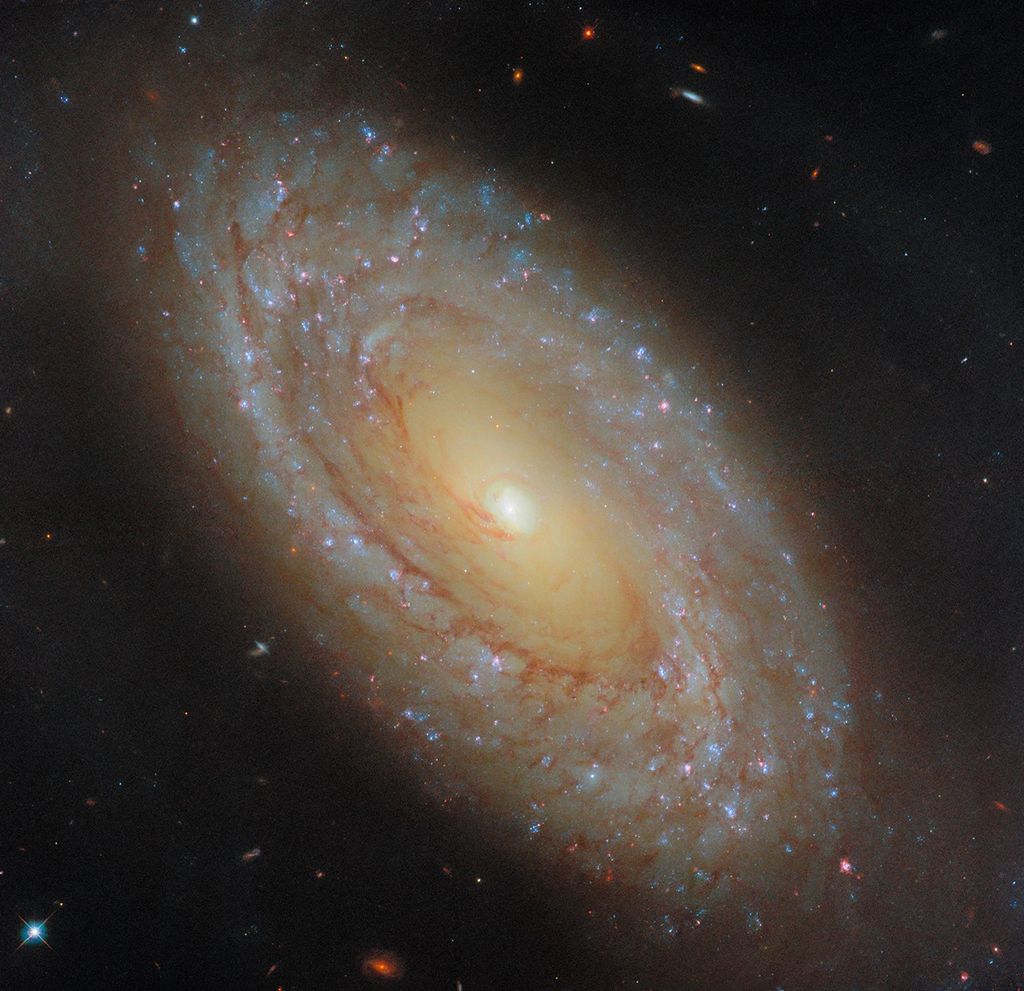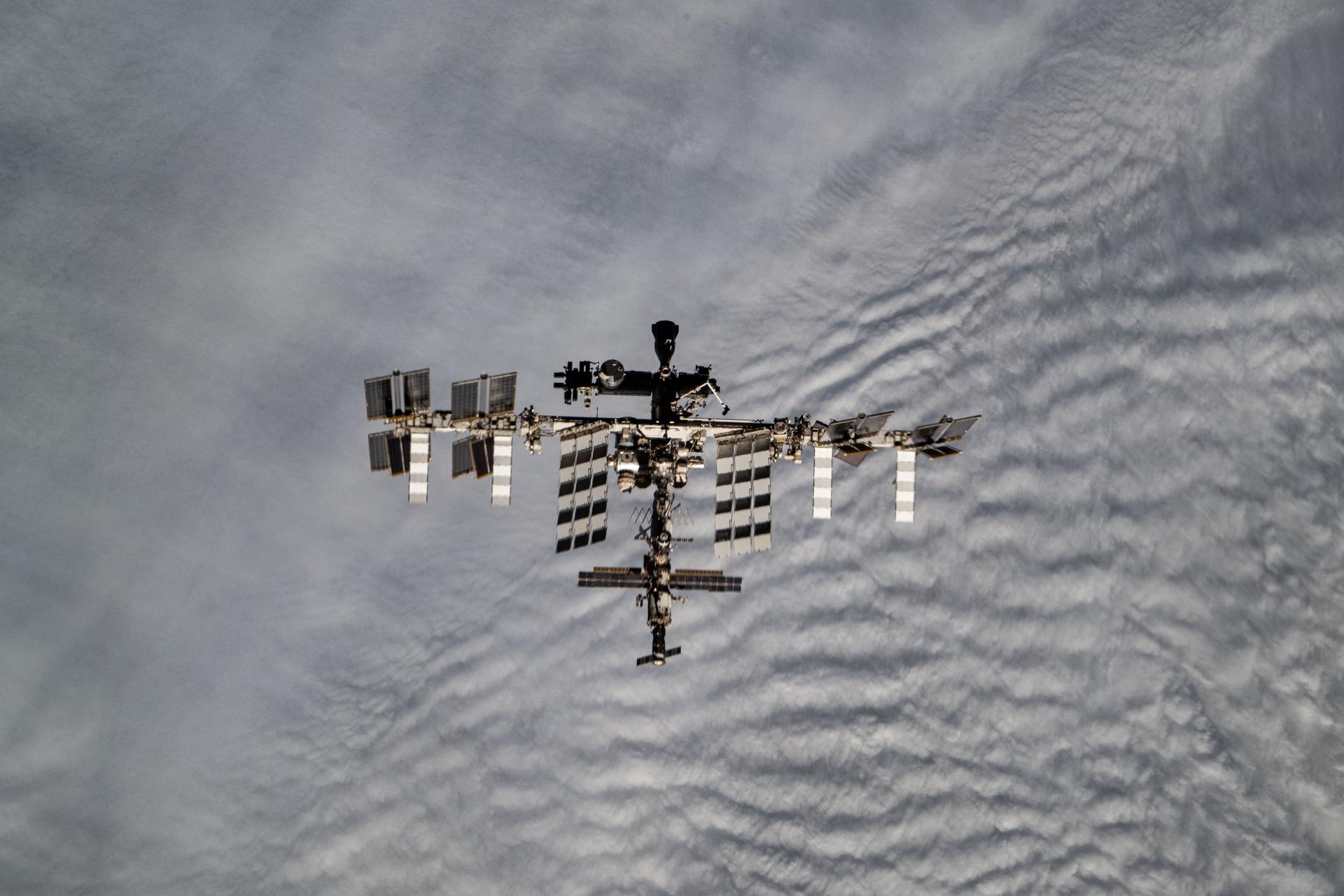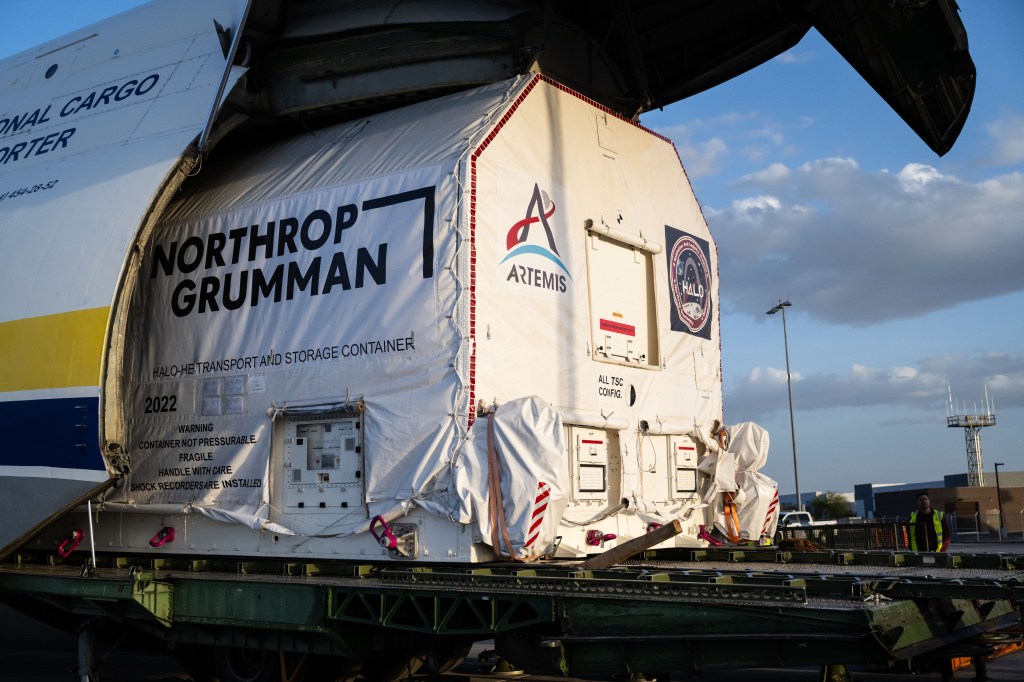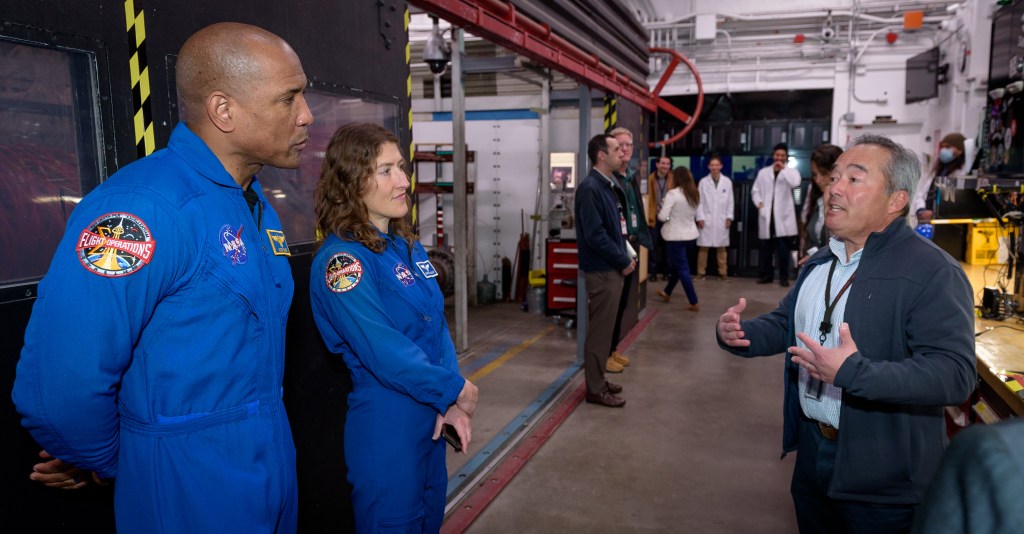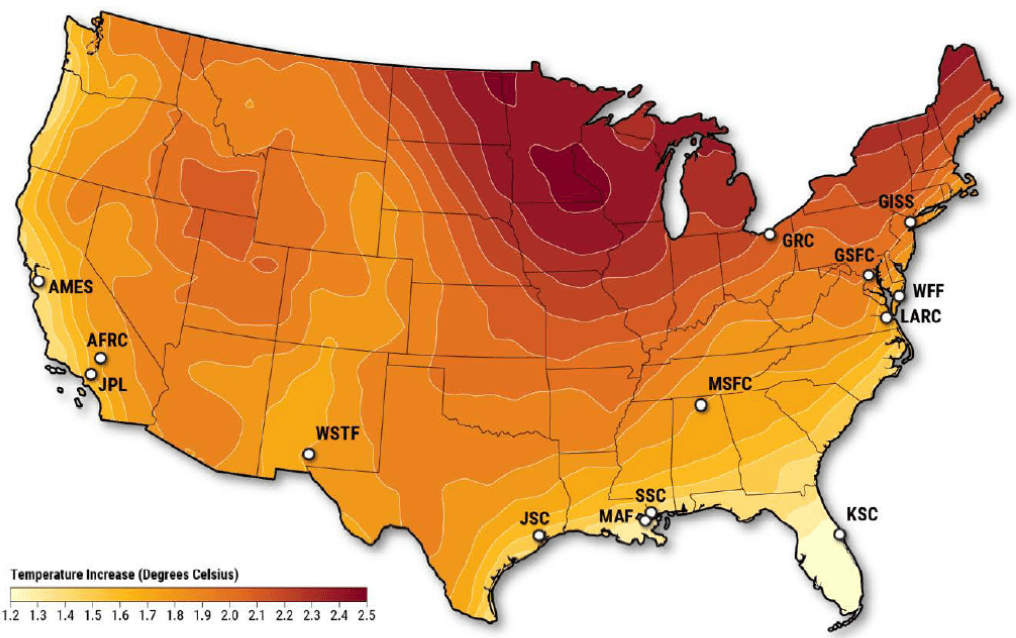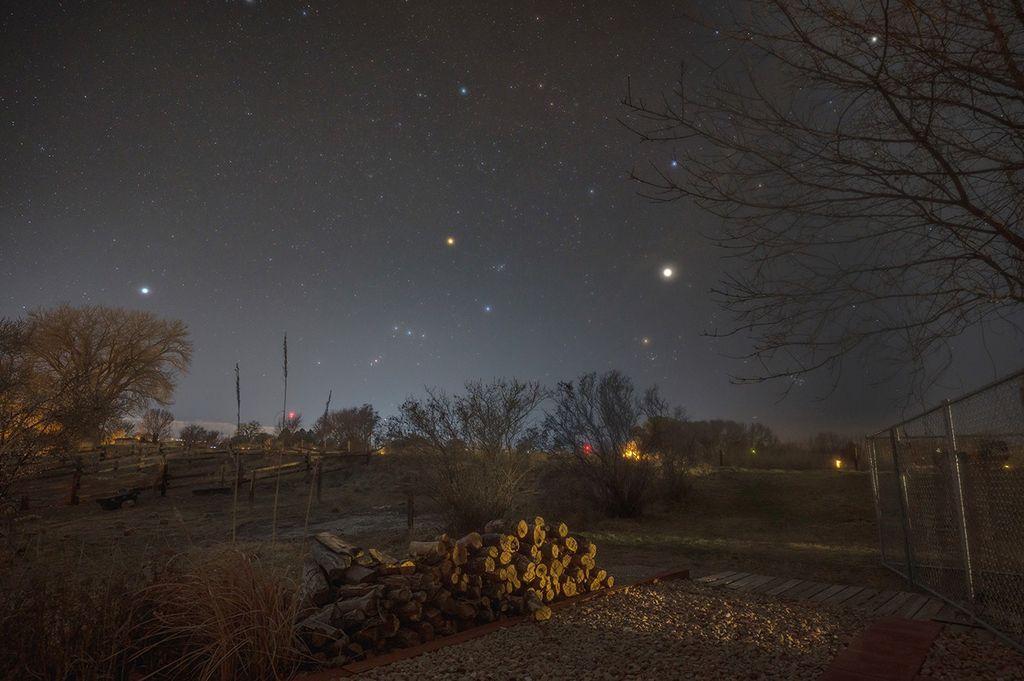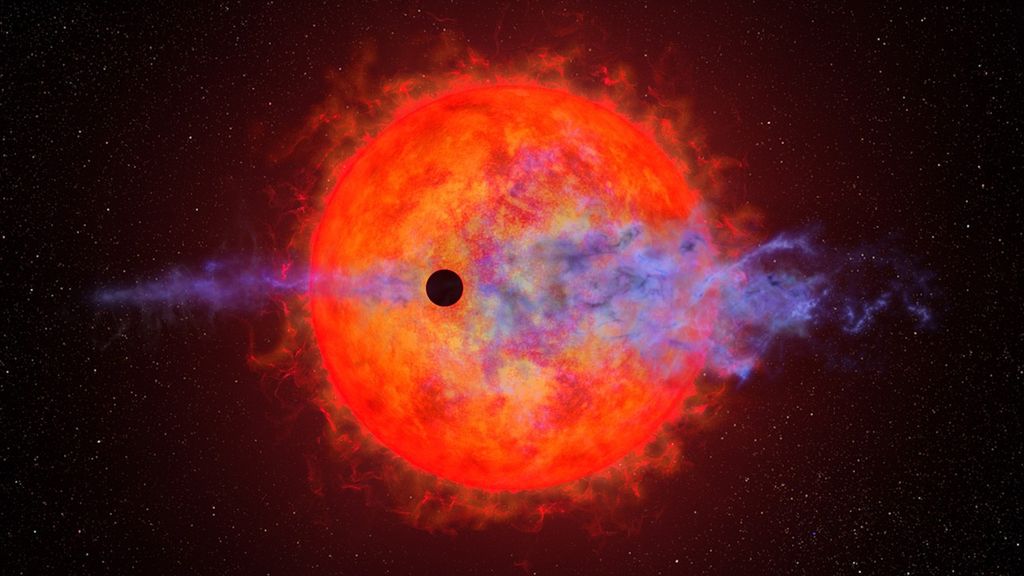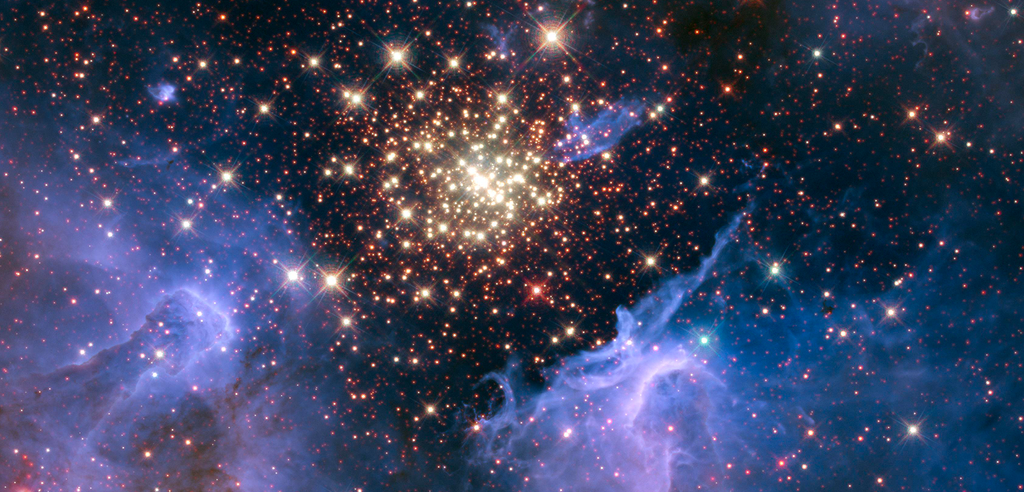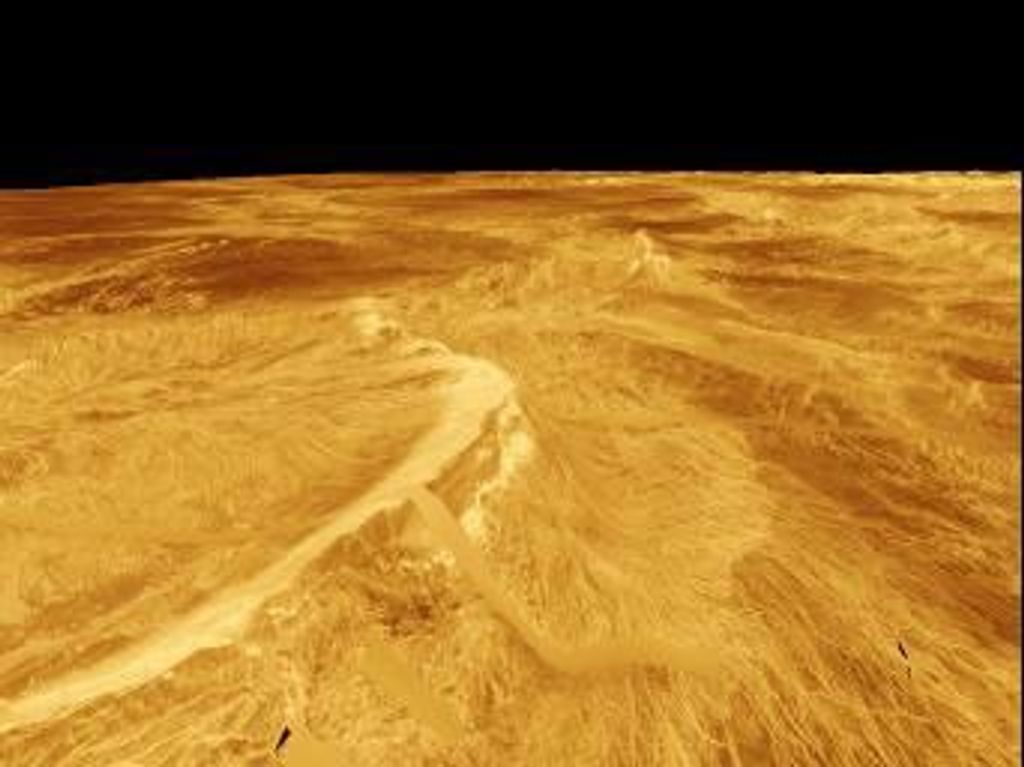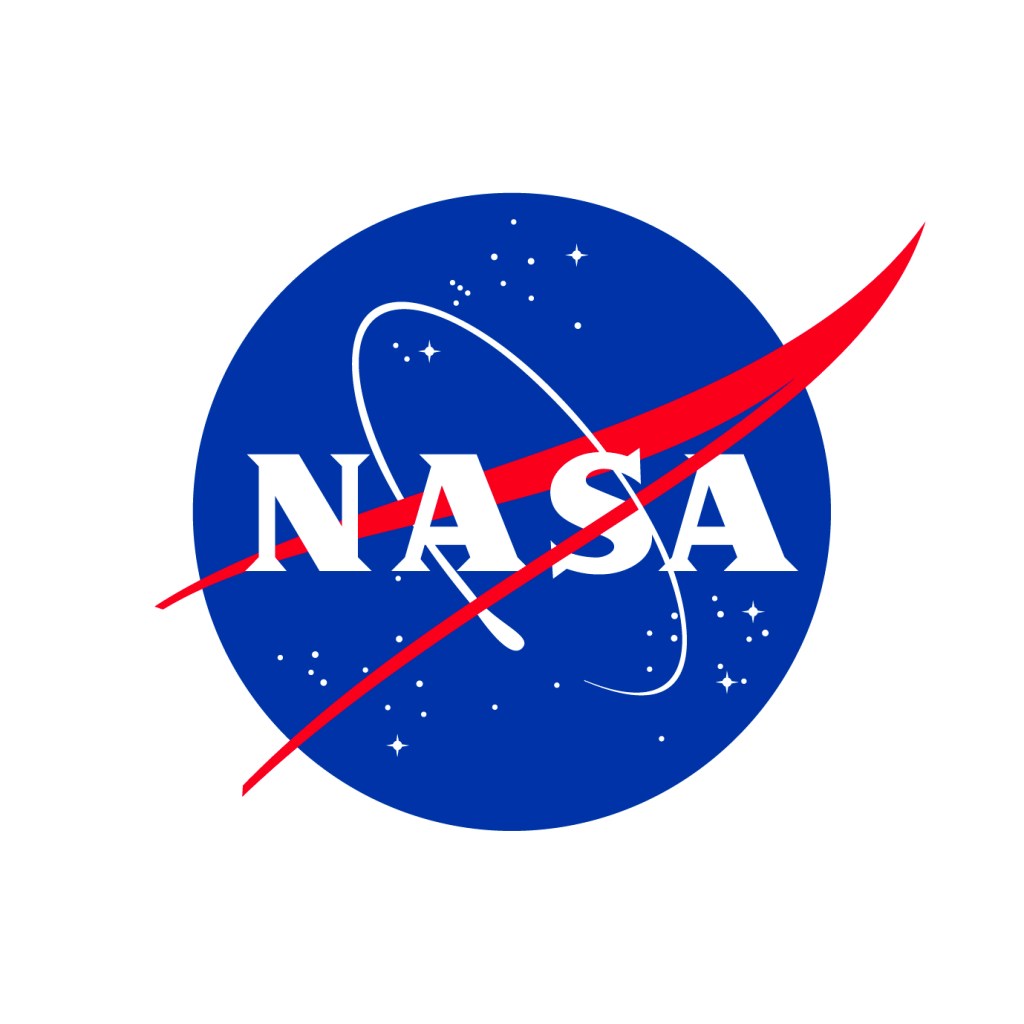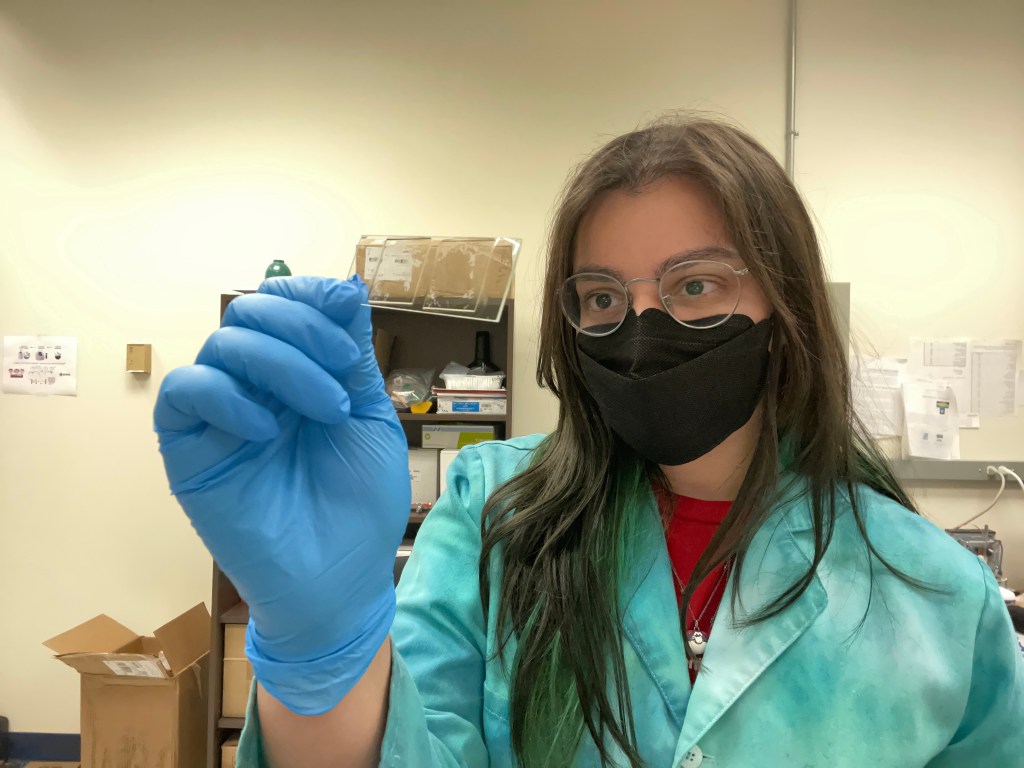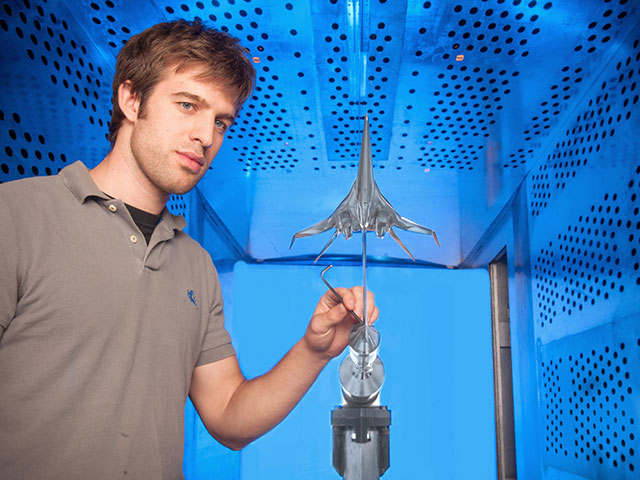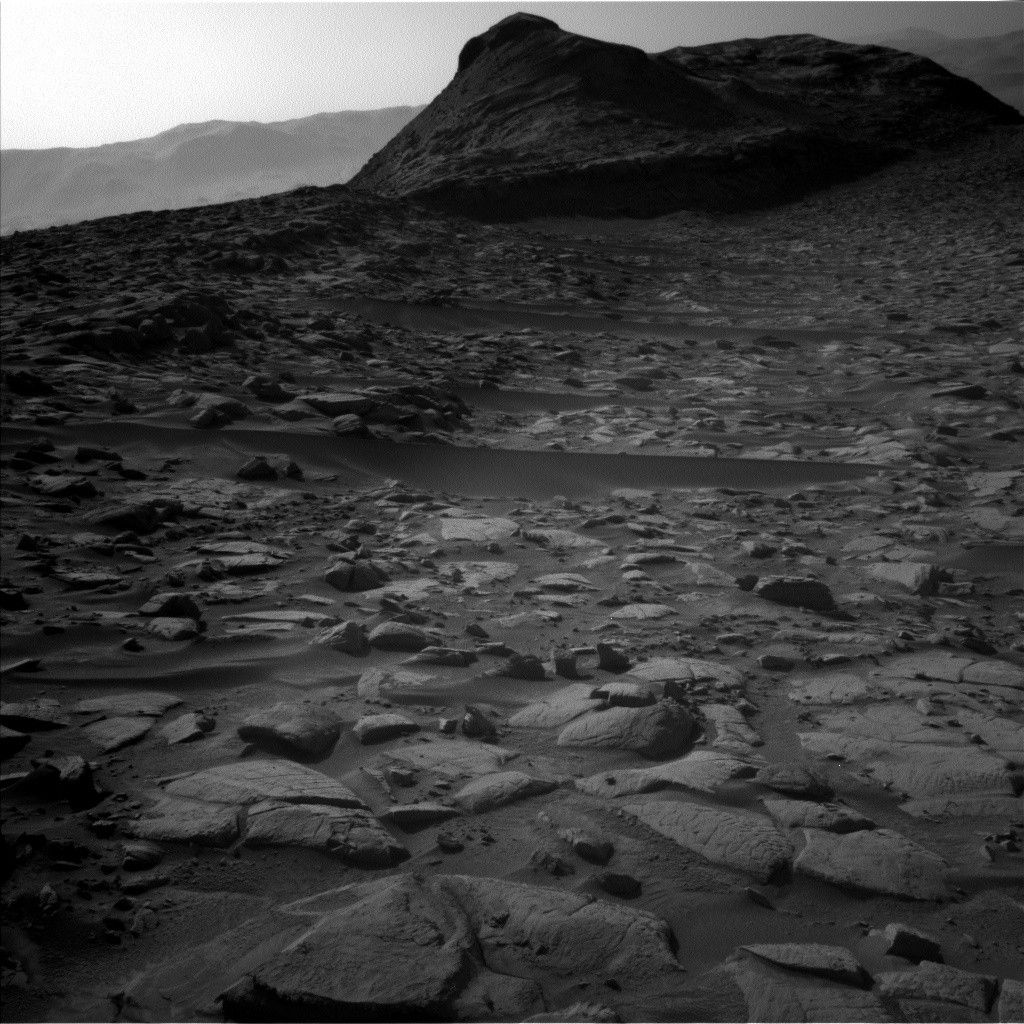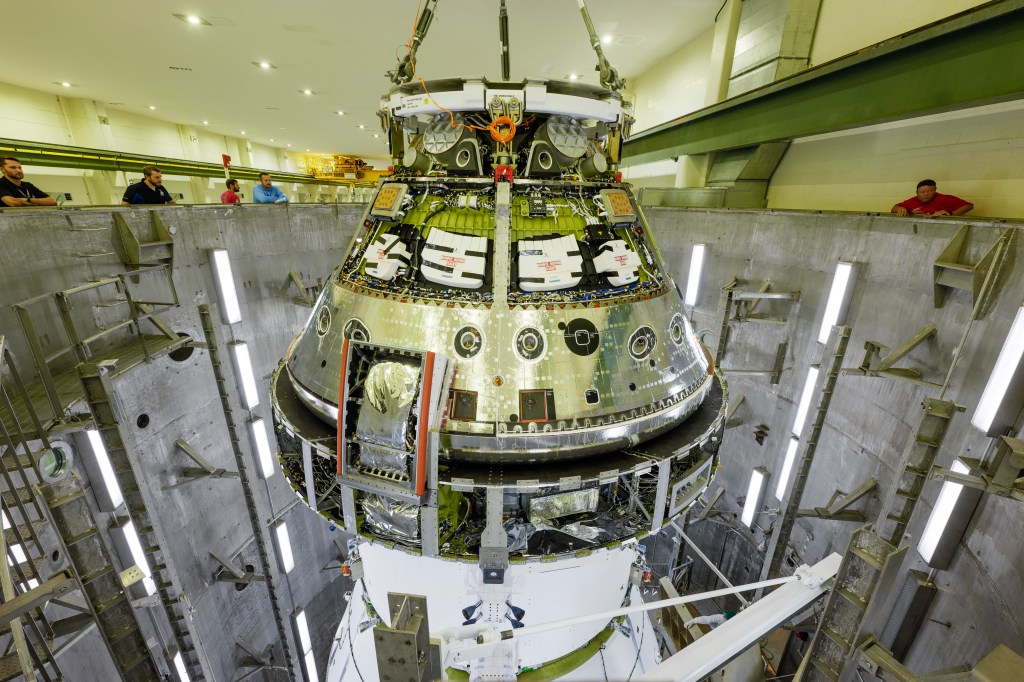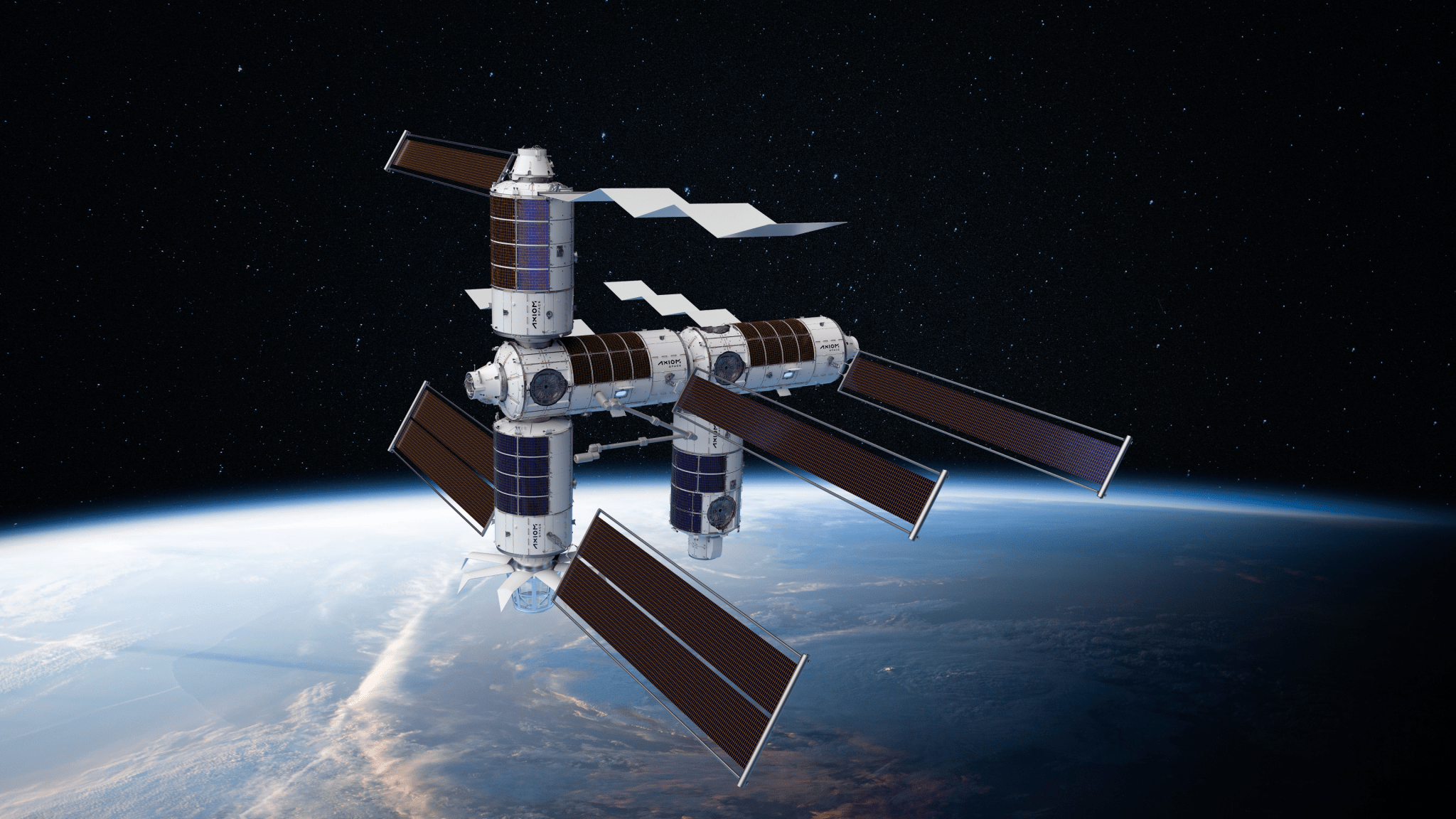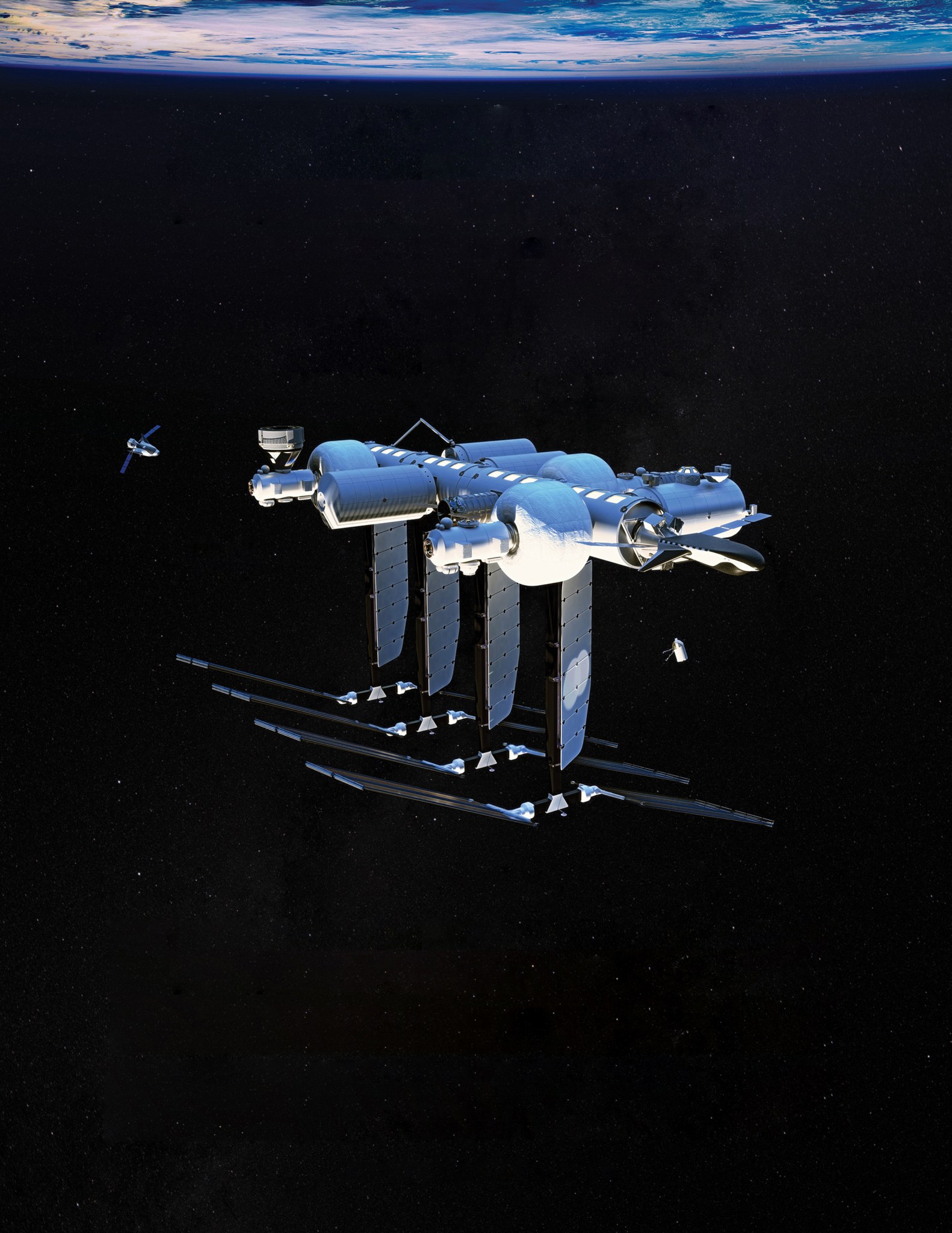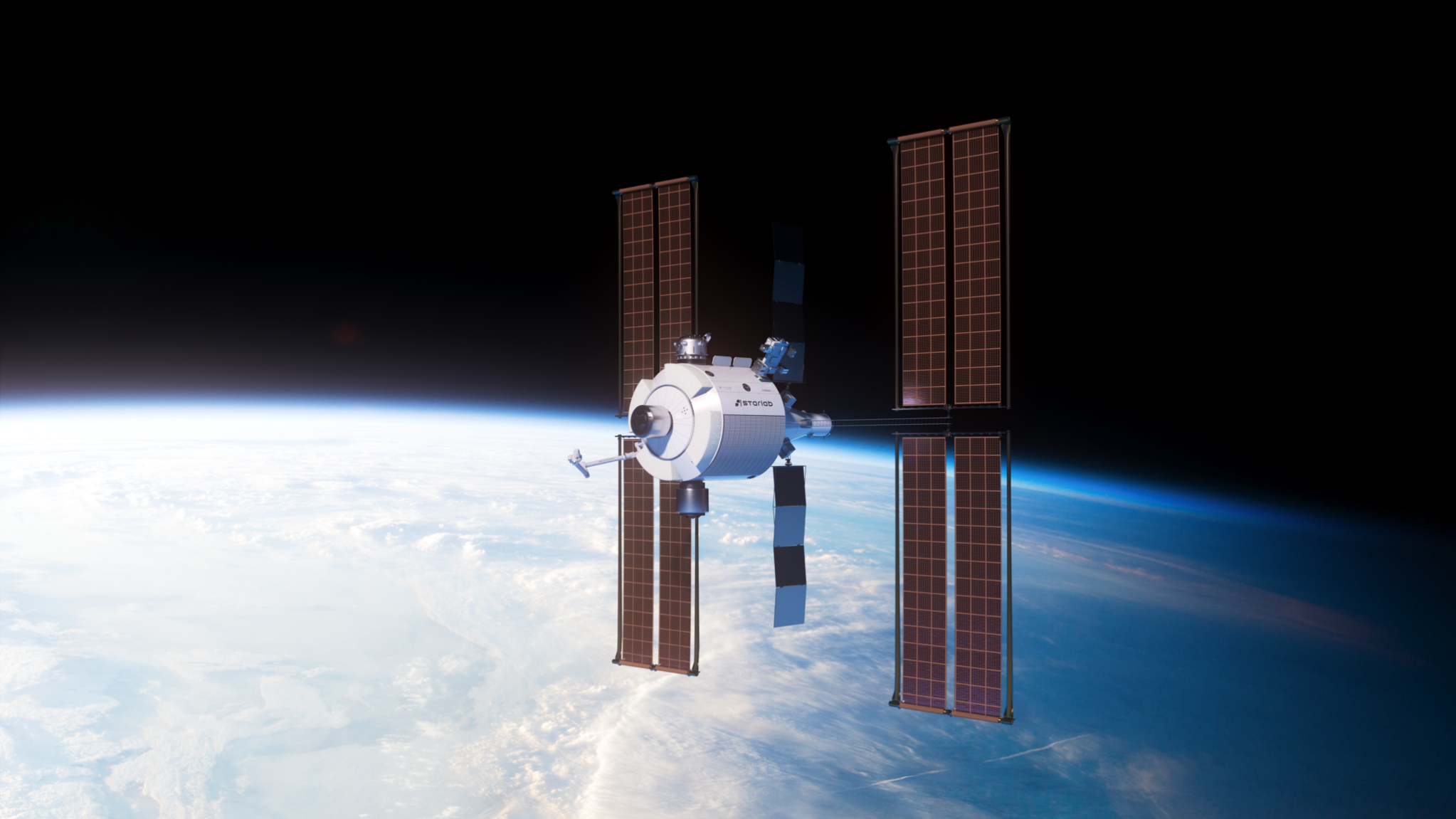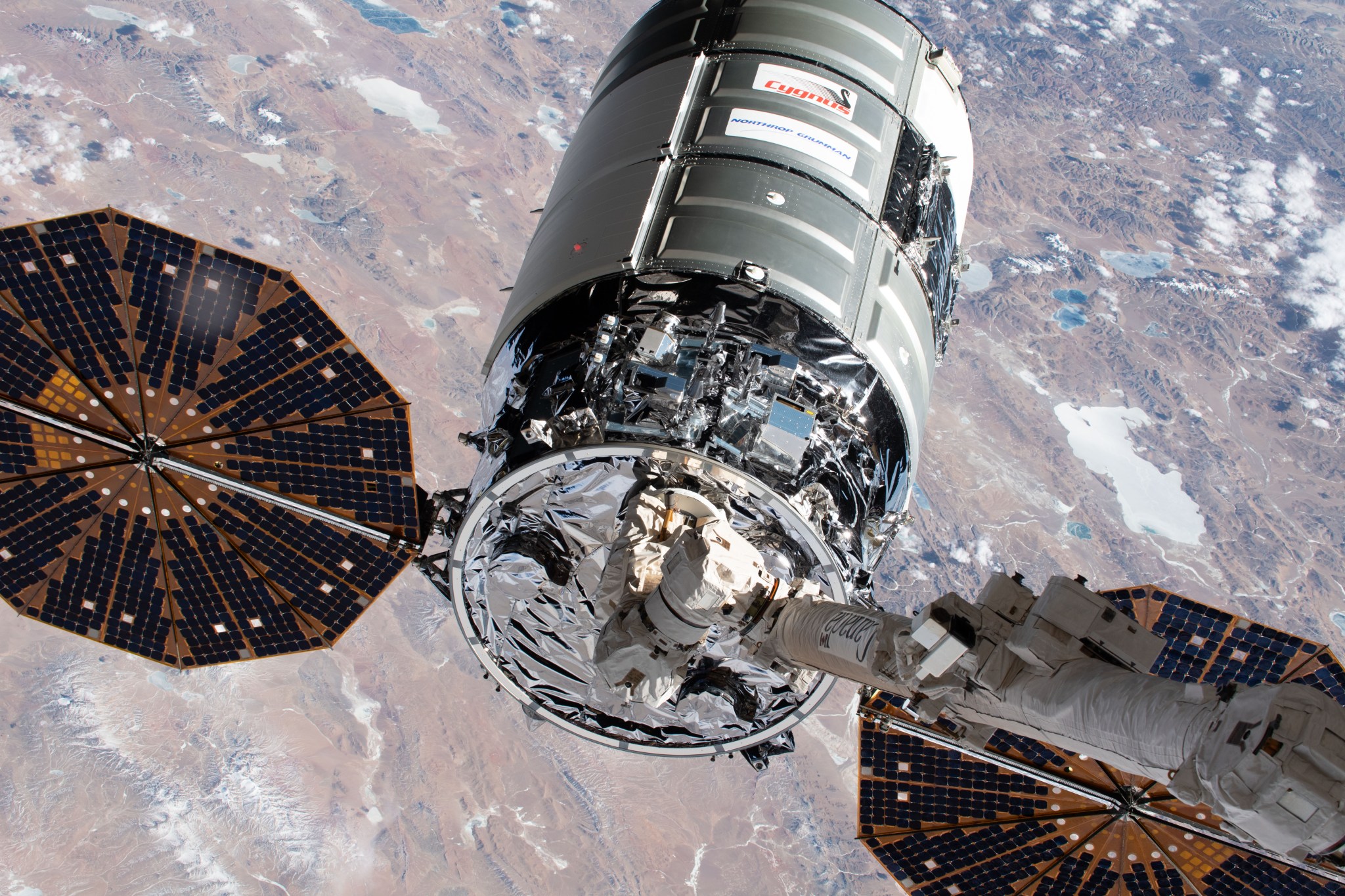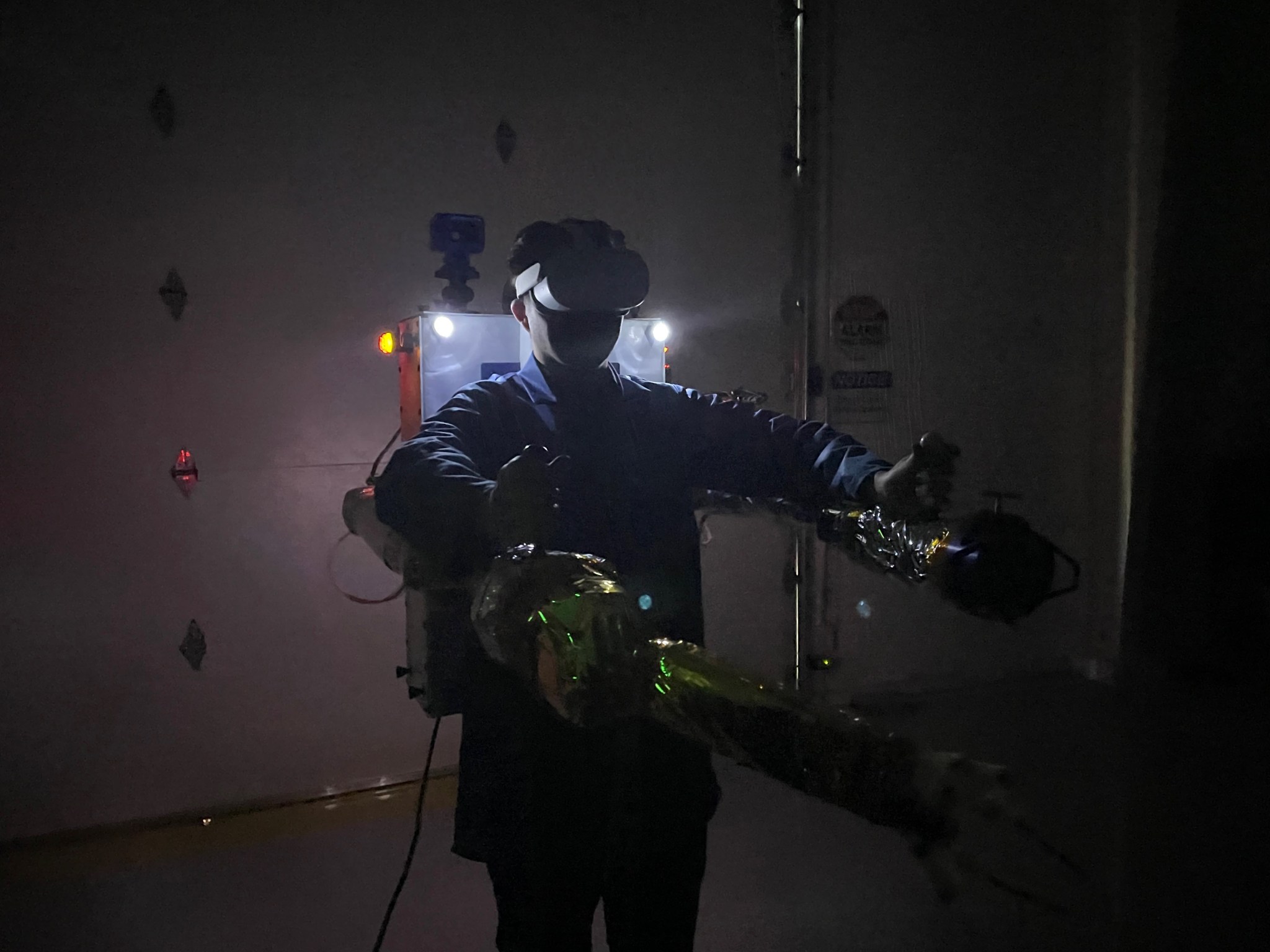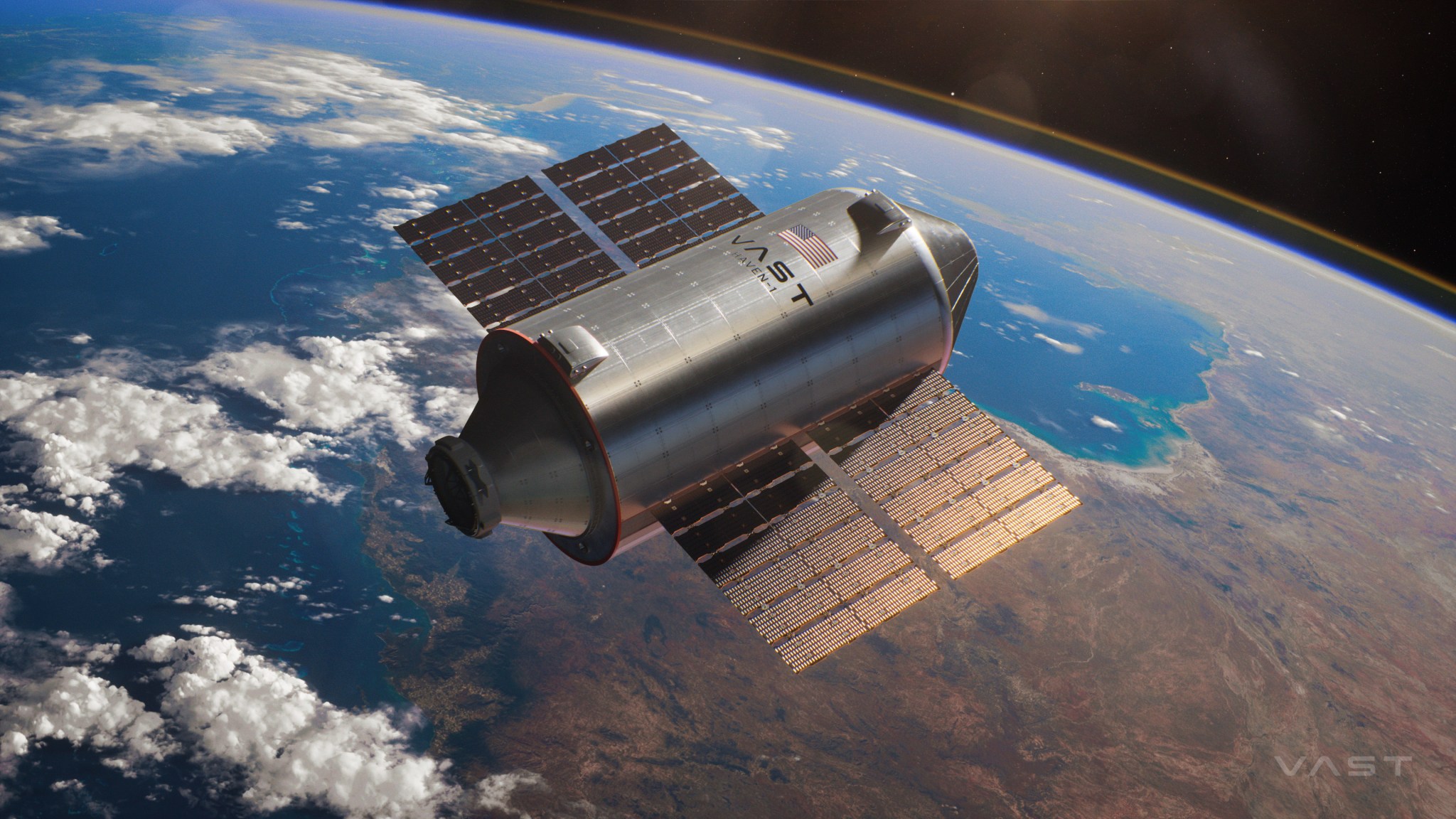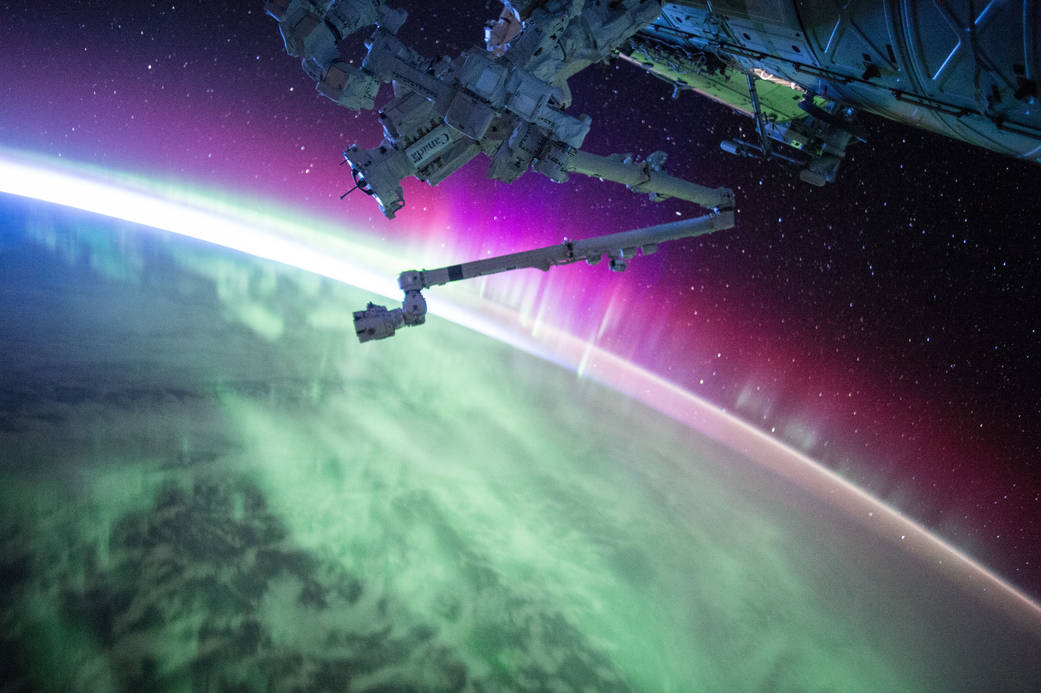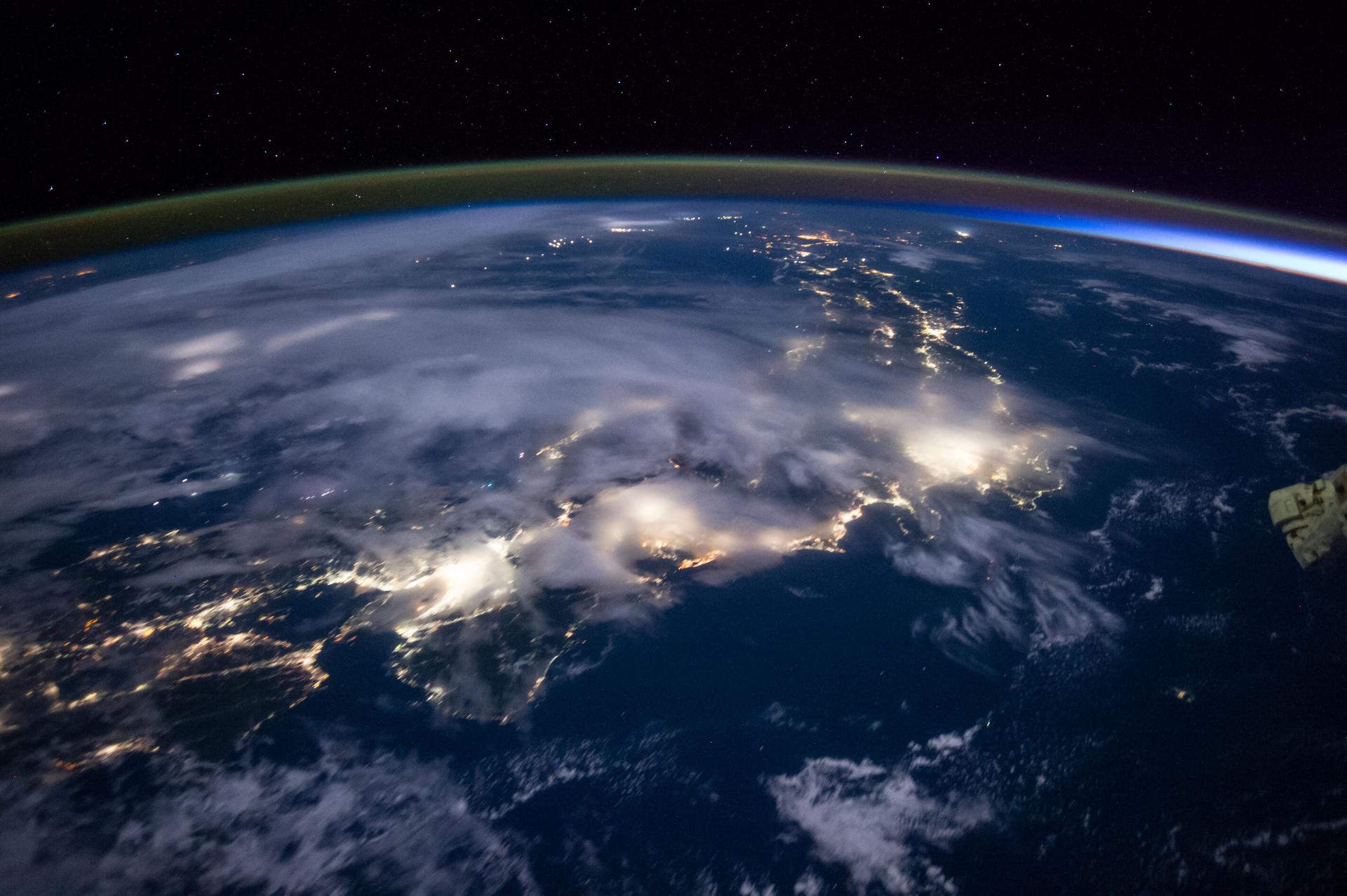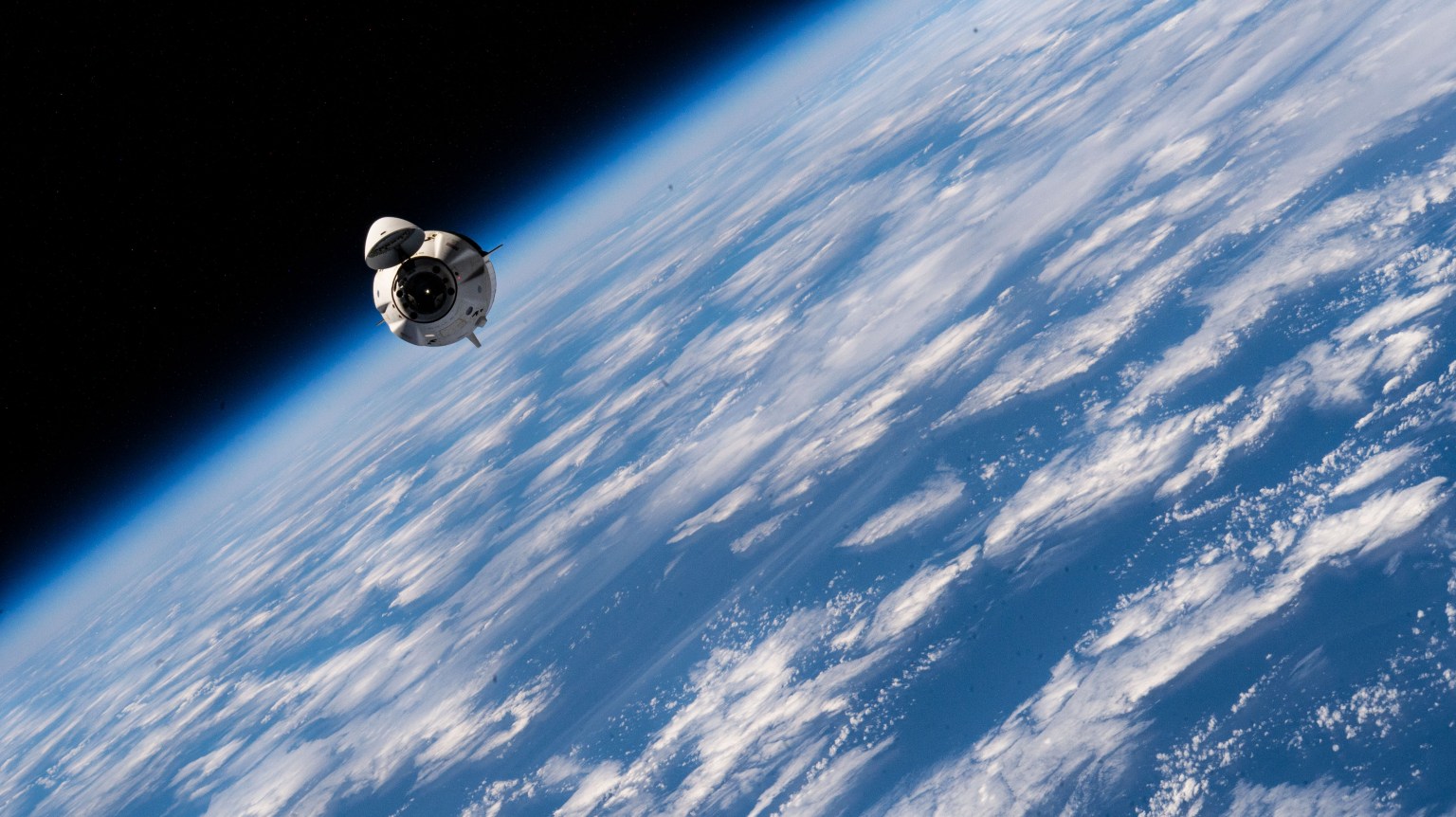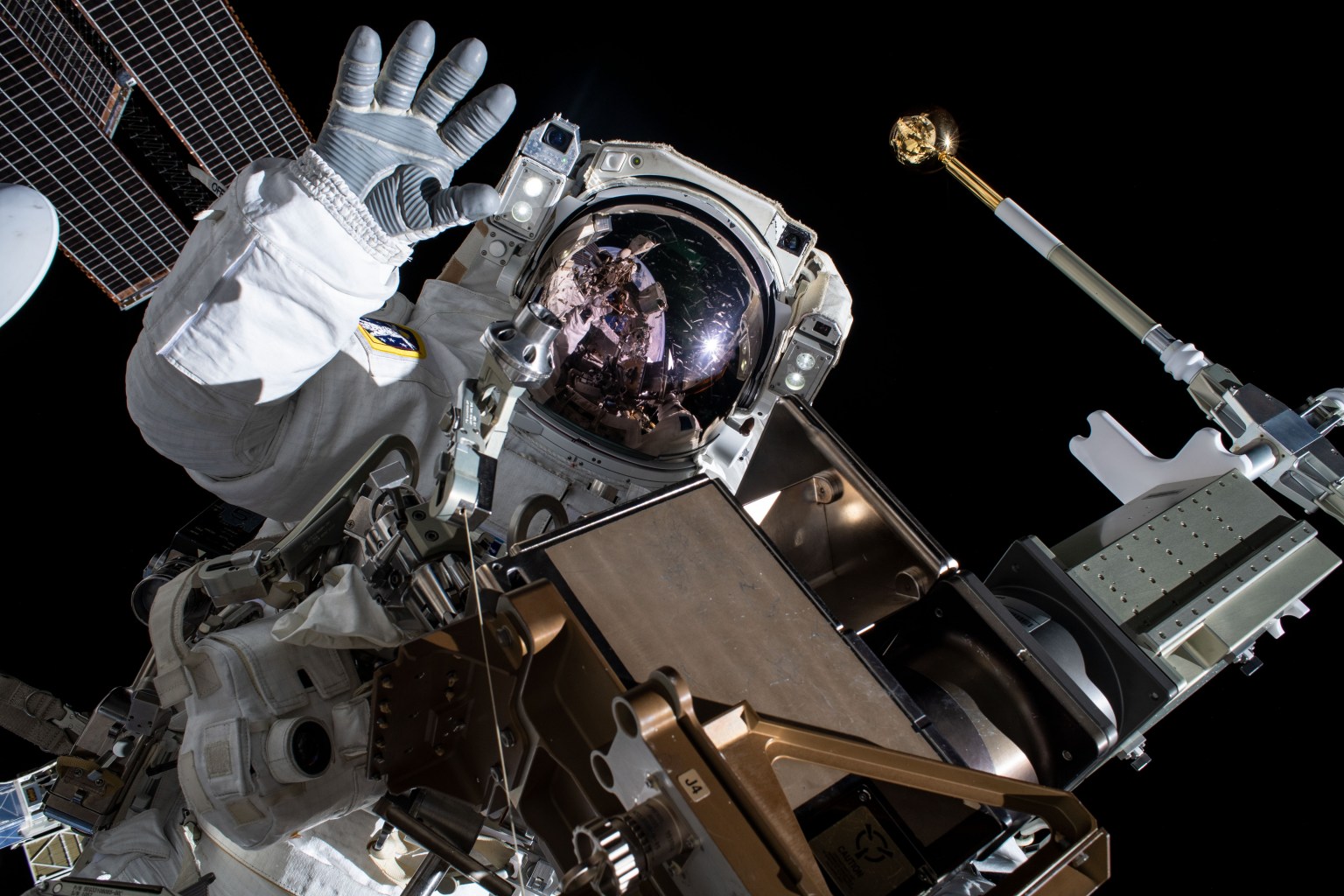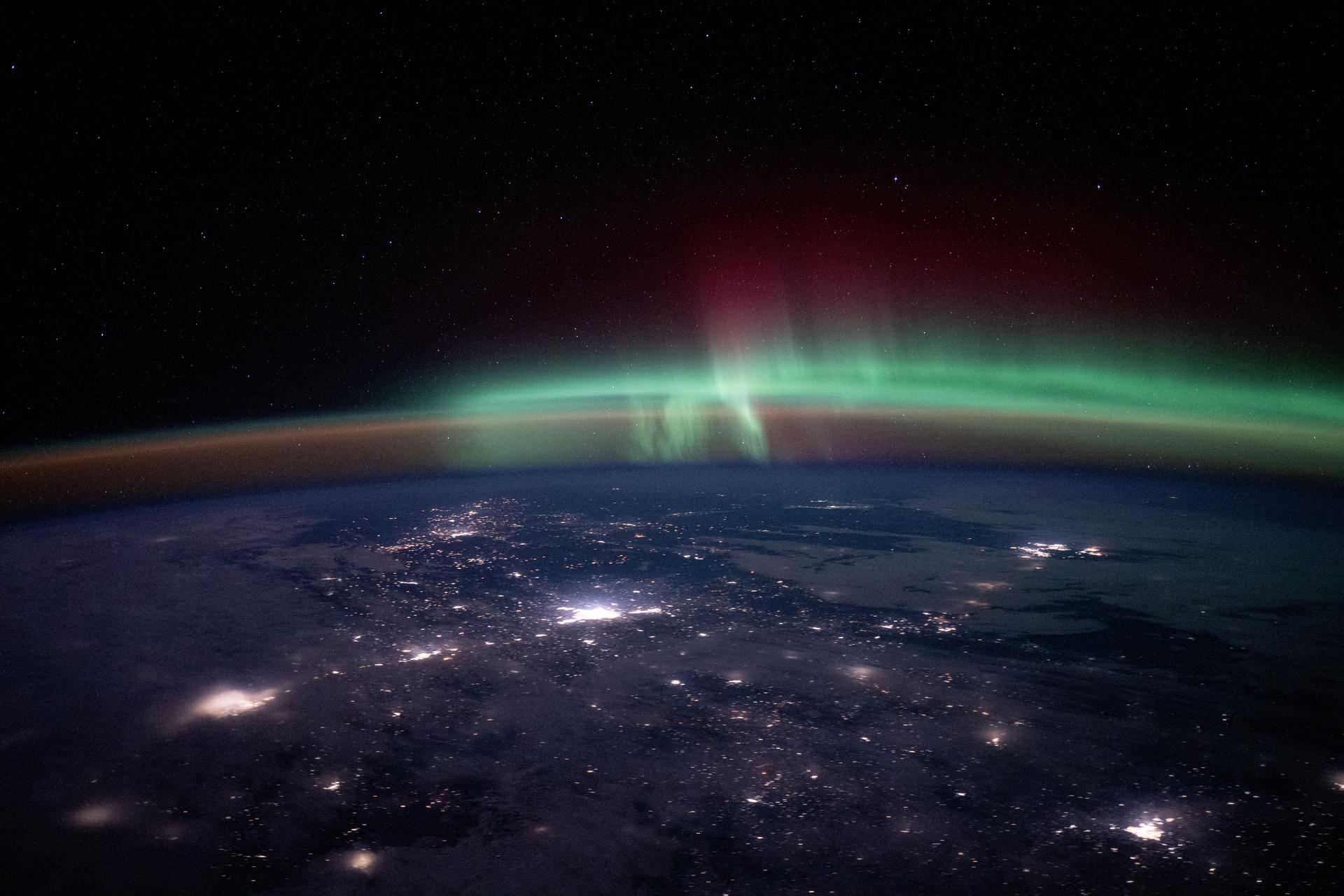
Commercial Space Stations
NASA is committed to maintaining a continuous human presence in low Earth orbit as the agency transitions from the International Space Station to commercial space stations. For more than 25 years, NASA has supported a continuous presence in low Earth orbit aboard the space station and will continue to build on the agency’s extensive human spaceflight experience to advance future scientific and exploration goals.
Envisioning the Next Generation of Human Presence in Low Earth Orbit
The International Space Station, now in its third decade of operations, has been vital for microgravity research, providing insights and technology beneficial to life on Earth. As the space station nears the end of its operational life, NASA plans to transition to a new low Earth orbit operations model to continue leveraging microgravity benefits.
Learn MoreAbout
As the space station nears the end of operational life in 2030, NASA plans to transition to new low Earth orbit commercial space stations to continue leveraging the unique environment and microgravity research benefits. Through commercial partnerships, NASA aims to maintain its leadership in microgravity research and ensure a sustained access to low Earth orbit for the benefit of humanity.
NASA’s commercial strategy for low Earth orbit will provide the government with reliable and safe services at a lower cost, enabling the agency to focus on the next step in humanity’s exploration of the solar system while also continuing to use low Earth orbit as an ideal environment for training and proving ground for deep space and missions to the Moon and Mars.
NASA is using a two-phase approach to support the design and development of commercially owned and operated space stations in low Earth orbit from which NASA, along with other customers can purchase services and stimulate the growth of commercial activities in a microgravity marketplace.
Phase 1
In Phase 1, NASA is supporting the design and development of multiple commercial space stations and other commercial capabilities through funded and unfunded agreements.
In 2020, NASA awarded Axiom Space a contract to provide at least one habitable commercial module to be attached to the International Space Station with the goal of becoming a free-flying commercial space station in low Earth orbit prior to retirement of the orbiting laboratory.
In 2021, NASA signed Space Act Agreements with Blue Origin, Northrop Grumman, and Starlab to develop designs of commercial space stations. Northrop Grumman withdrew from its Space Act Agreement and joined efforts to support Starlab Space. Blue Origin and Starlab Space are developing commercial space stations that go directly into low Earth orbit.
Space Act Agreements are designed to advance commercial space-related efforts through NASA contributions of technical expertise, assessments, lessons learned, technologies, and data. NASA provides technical and financial assistance to commercial entities as they develop and mature solutions in fulfilling missions under the expectation that these solutions allow NASA to purchase services in the future for agency missions.
In 2023, NASA selected Blue Origin, Northrop Grumman, Sierra Space, SpaceX, Special Aerospace Services, ThinkOrbital, and Vast to partner with the agency through the second Collaborations for Commercial Space Capabilities initiative to advance commercial space-related efforts through NASA contributions of technical expertise, assessments, lessons learned, technologies, and data. Structured sharing of NASA expertise demands minimal government resources but fosters development of capabilities that can be crucial to development of a robust low Earth orbit economy.
Phase 2
In Phase 2, NASA intends to competitively procure to certify one or more commercial space stations and purchase services as one of many customers.
NASA will issue a Request for Proposal in late 2025 and plans to award one or more Phase 2 contracts in 2026.
Selected commercial providers will develop, own, and operate their space stations and then NASA will purchase services, as one of many customers, including accommodation and support for government crew and payloads.
NASA will provide transportation to and from the commercial space stations in low Earth orbit for an initial set of missions by contracting directly with transportation providers. In addition, NASA will offer government furnished services and equipment potentially for use at the request of the commercial providers.
NASA’s goal is to allow commercial low Earth orbit providers to focus solely on building their space station, with the ability to transition to a fully commercial end-to-end service model.
Providers also will be able to propose an evolutionary approach with a minimum initial operating capability required by 2029 to support short-term missions with two NASA astronauts for one to three months, progressing to a full capability by 2031 to support continuous missions with two NASA astronauts for six months.
Commercial Low Earth Orbit Destinations Contract
NASA intends to competitively procure and certify one or more commercial space stations in the future.
Learn More about Commercial Low Earth Orbit Destinations Contract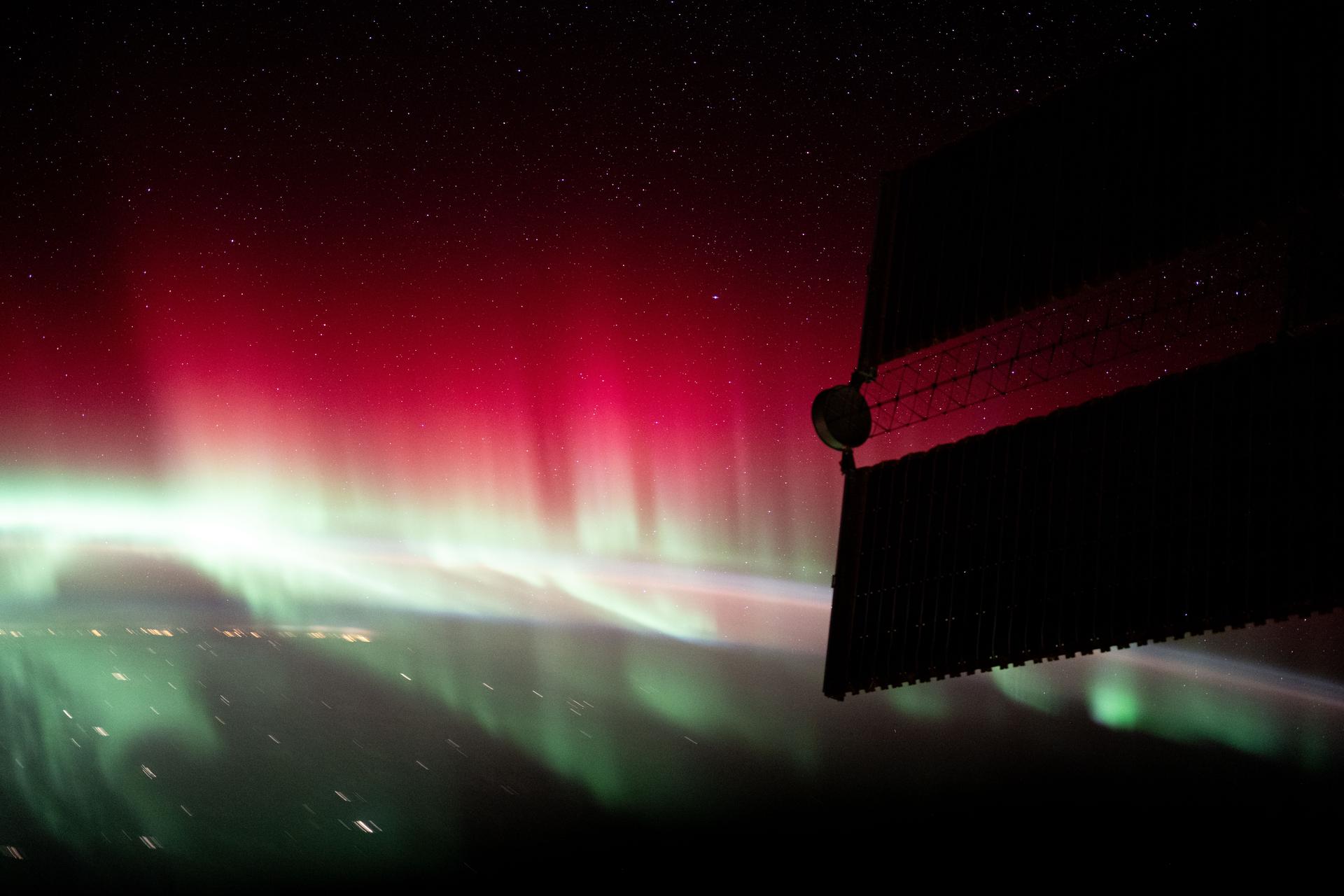
Transition Timeline
2020
NASA awarded Axiom Space a contract to provide at least one habitable commercial module to be attached to the International Space Station.
2021
NASA signed Space Act Agreements with Blue Origin, Northrop Grumman, and Starlab to develop designs of commercial space stations.
2023
NASA selected Blue Origin, Northrop Grumman, Sierra Space, SpaceX, Special Aerospace Services, ThinkOrbital, and Vast to partner with the agency through the second Collaborations for Commercial Space Capabilities initiative.
NASA and Northrop Grumman agree to withdraw from a Space Act Agreement, and the company joins efforts to support the Starlab commercial space station.
2024
NASA modified agreements with two commercial space station partners as a result of Northrop Grumman joining efforts to support the Starlab commercial space station.
As part of the agency’s efforts to enable broader use of space, NASA released its final goals and objectives for low Earth orbit, defining the long-term approach toward advancing microgravity science, technology, and exploration for the benefit of all, known as the Low Earth Orbit Microgravity Strategy. The strategy will guide the agency toward the next generation of continuous human presence in orbit, enable greater economic growth, and maintain international partnerships.
2025
NASA will release the Commercial Low Earth Orbit Destinations Contract Request for Proposal.
2026
Planned Commercial Low Earth Orbit Destinations Contract award announcement for the purchase of services from one or more commercial space station provider.
2029
A minimum initial operating capability is required for selected commercial space station(s) to support short-duration missions.
2030
Continuous crew missions are required for selected commercial space station(s).
2031
A full operating capability is required for selected commercial space station(s) to support continuous long-duration missions.

